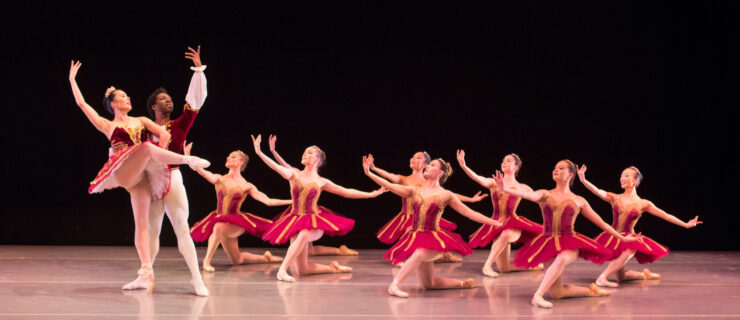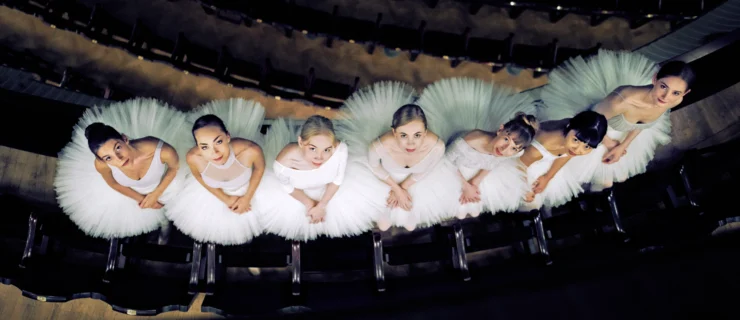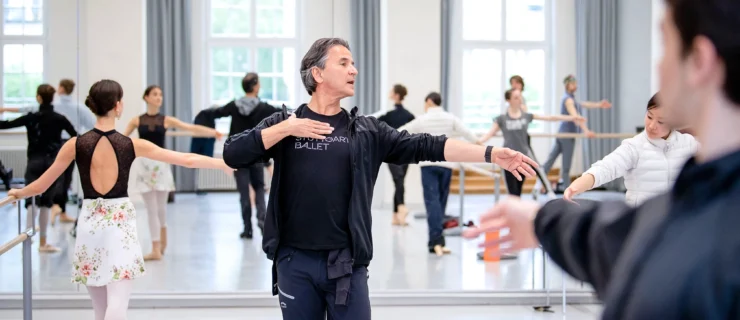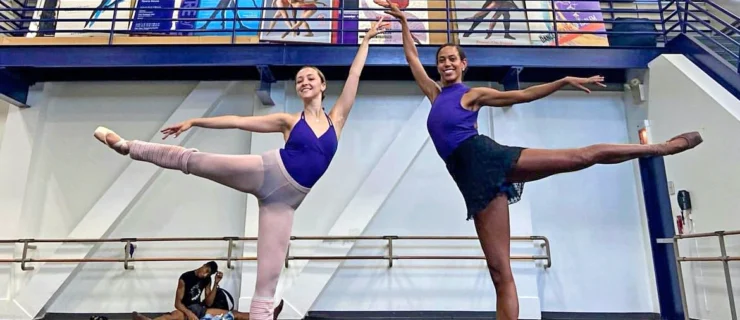Cuban Flair
With stars such as Lorena and Lorna Feijóo, Rolando Sarabia, Carlos Acosta and Jose Manuel Carreño, Cuban dancers are prominent figures in ballet now more than ever. Octavio Roco, a longtime dance critic, wrote Cuban Ballet to tell the story of Cuban dancers at National Ballet of Cuba and those who have defected and now dance in companies across the globe. Pointe spoke with Roco about the new book, which is released today. Order your copy here.
What story are you trying to tell in Cuban Ballet?
There is no earthly reason why this little island should be so influential in ballet: The entire population of Cuba could fit inside NYC, LA or Moscow! And yet American Ballet Theatre, San Francisco Ballet, Boston Ballet and The Royal Ballet all have Cuban principals in their ranks. What I’m trying to do is tell the story of ballet in Cuba, and of those dancers who are in exile.
Why do you think Cuban dancers have become such prominent figures in the dance world?
It’s the training—and the commitment. Cubans take ballet very seriously and think it’s a privilege to be a part of this art.
How are Cuban dancers shaping American dance?
I believe a lot of Cuban dancers improve their companies by example. They seem to be coming in numbers, and they are all very worthy, so it’s bound to affect a company. Helgi Tomasson offered Taras Domitrio a contract within one day of his defection. Cuban dancers just get snapped up.
How much of the book discusses Cuba’s political climate?
A lot. I go into the oppression of dancers, the conditions that artists have to live with in Cuba. It’s no small feat that The National Ballet of Cuba is what it is. There are a lot of things they have to be careful about and can’t talk about. The integrity of the art, however, has stayed. And that’s what I hope will remain. Cuban ballet has been there before Castro, and it’s going to be there after. Critics and politicians will be forgotten, but the dancing is what you remember.





